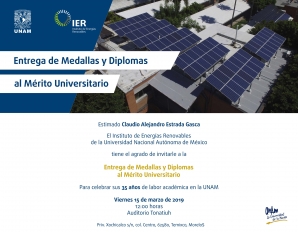Diana C. Martínez-Casillas, Ivan Mascorro-Gutiérrez, Maria L. Betancourt-Mendiola, Gabriela Palestino, Enrique Quiroga-González, Jojhar E. Pascoe-Sussoni, Alfredo Guillén-López, Jesús Muñiz & A. Karina Cuentas-Gallegos
Abstract
In this work, it is proven that a biochar obtained from a commercial gasifier can be used as electrode material for supercapacitors (SC). This biochar was produced at 1000 °C from corn cob wastes (GAS), and was compared to an activated biochar obtained in a traditional lab pyrolysis process (LAB). Both biochars were characterized by different physicochemical techniques, observing their amorphous nature with well-developed microporosity dependent of their pretreatment and production methodology. Furthermore, a computational modeling based on Molecular Dynamics at the ReaxFF level was also performed to elucidate the geometry of the resulting microporous structure after simulated pyrolysis. X-ray structure and pore size distribution are in agreement with those results obtained via computational simulation. Both carbon materials were electrochemically evaluated in acidic electrolyte using 3 and 2 electrode systems, obtaining capacitances of 130 F g−1 (20 mV s−1), and excellent performance compared to commercial activated carbons, with only about 10% of capacitance loss after 5000 cycles. However, GAS performance in SC was higher than activated biochar due to its higher micropore volume. This study provides a novel useful application to use gasifier residues from agricultural biomass waste for energy storage devices.

